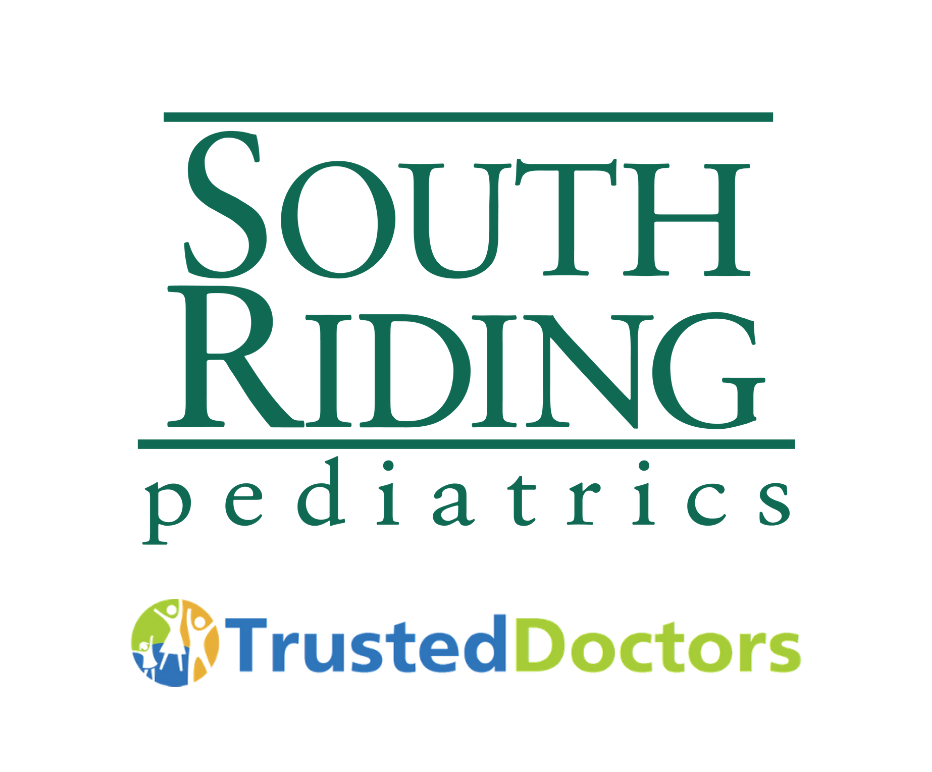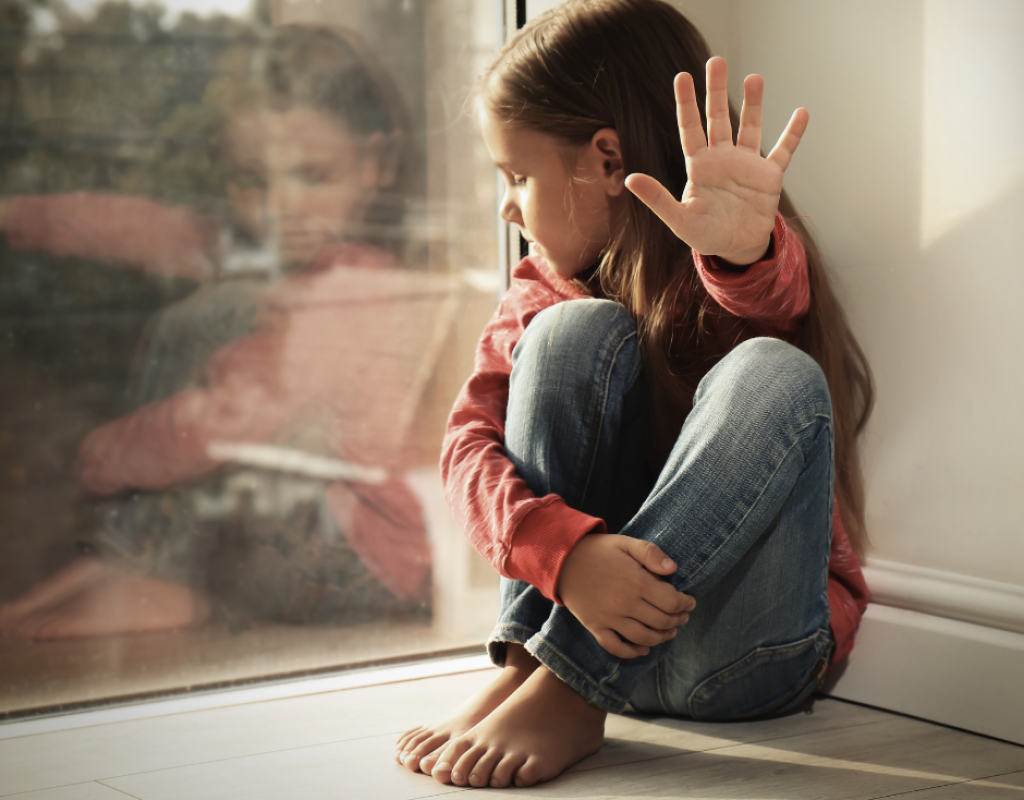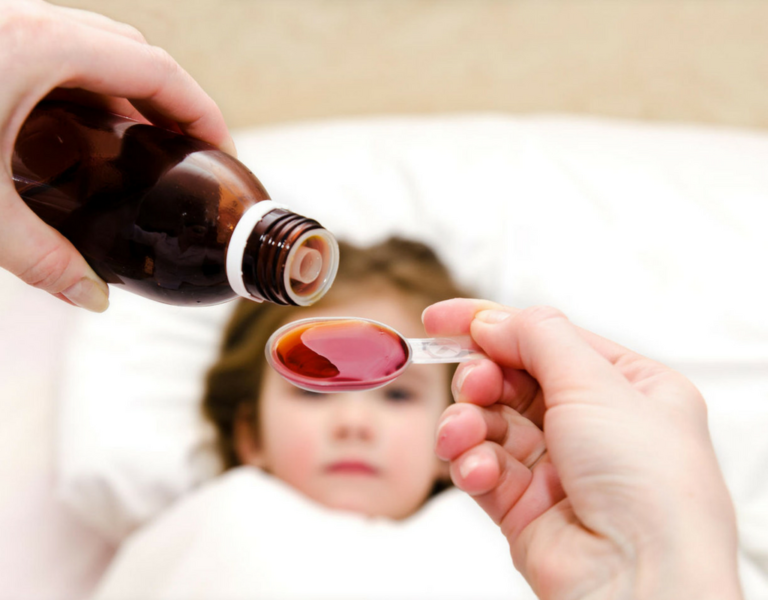April is Sexual Assault Awareness & Prevention Month along with National Child Abuse Prevention Month. It is important to raise awareness about the prevalence of different types of abuse inflicted on children. Every year, millions of children are exposed to violence and assault. The majority of documented cases involve family members or trusted caregivers. By being aware of risk factors, signs, and prevention methods, we can minimize the chances of it happening to our loved ones.
Unfortunately, babies are at more risk than any other age group, and almost 25% of reported victims are younger than three years old. Children with special needs are also more likely to experience a form of abuse or neglect. Other risk factors include family dynamics, the caregiver’s mental health status, substance abuse, poverty, and the perpetrator’s personal history of abuse.
Abuse is a difficult subject for most people to discuss and especially difficult for parents to discuss with their children. However, we must have open conversations about this issue so that everyone can be aware of how to protect themselves and how to get help if they need it.
TYPES OF ABUSE
Physical abuse: Injuring the child and causing harm to their body. Hitting, shaking, kicking or any other treatment meant to cause physical pain and suffering to the child counts as physical abuse.
Verbal abuse is a form of emotional abuse where an individual uses words or language to intentionally harm, manipulate, or control another person. It can take many forms, including insults, threats, humiliation, and belittling.
Sexual abuse: Unwanted sexual contact or behavior including inappropriate touching, genital contact, exposing children to pornography, intercourse and more.
Child neglect: Physical, emotional, medical, educational, or supervisory neglect. Physical and emotional neglect is what it sounds like – failure to provide physical needs such as food, shelter, and clothing, and not providing children with the love and support they require. Medical neglect refers to withholding medical care, failure to notice/address severe injuries and mental health issues. Supervisory neglect is when a caregiver fails to properly supervise children in their care, leading to serious injury or harm.
What you can do
The first step in protecting children is to educate yourself about the warning signs and behaviors associated with child abuse. You can attend workshops, read articles, and books to gain knowledge on how to detect warning signs of children who are being harmed.
Building a trusting and transparent relationship with your children is essential in making them feel comfortable enough to share their thoughts and feelings. Allowing children to express themselves without fear of judgment or retaliation can go a long way in promoting healthy emotional development. Moreover, it also helps us detect when they need our help and protection.
Teaching children about personal safety skills like how to say no to unwanted physical contact, identifying trusted adults, and knowing how to call for help is crucial. Role-playing different scenarios with your child can build confidence in their ability to handle different situations effectively. Remember, personal safety should be a conversation that happens early and often.
From cyberbullying to online predators, there are many risks out there. As caregivers, it’s essential to monitor children’s online activity, set parental controls on devices and apps they use, and limit their access to social media and messaging apps. By doing so, you can help keep them safe from harm and empower them with the knowledge they need to stay protected while exploring the internet.
If you suspect that a child is being abused, it’s important to act fast. If you notice any warning signs of child abuse, don’t ignore them. Unexplained injuries, changes in behavior or mood, fear towards certain adults, and unusual sexual knowledge or behavior are all red flags. By reporting your concerns to the appropriate authorities, you can help protect children from harm and give them a chance at a brighter future.
The Virginia Department of Social Services operates a statewide Child Protective Services (CPS) Hotline 24/7 to support local departments of social services by receiving reports of child abuse and neglect and referring them to the appropriate local department of social services. The CPS Hotline is staffed by trained Protective Service Hotline Specialists.
In Virginia:(804) 786-8536
Out-of-state: (800) 552-7096
Learn more about the CPS hotline here, or find a list of channels and numbers for reporting child abuse or neglect based on states here.




